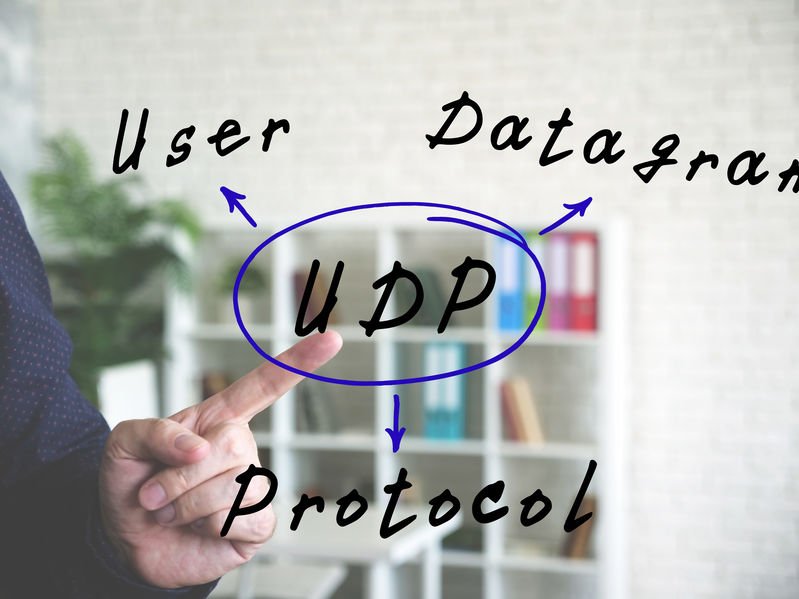DKIM record is a one really important DNS record type that you should know. So, today we will explore it. First, we will explain what it stands for and then how it functions. Finally, we will see its benefits. So, let’s start.
What does DKIM stand for?
A security standard for domains to sign outgoing emails through cryptographic authentication is the DKIM record, or DomainKeys Identified Mail. Domains can then show that the emails coming from their end are legitimate in this way. They are hence reliable. Additionally, the DKIM record secures communications to prevent tampering with them while in transit (sending server-recipient server).
How does DKIM record function?
A cryptographic public key is produced by the domain owner and DNS administrator, who is in charge of the DNS entries. It can be found in a TXT record that has been altered. Its major objective is to enable receivers to confirm the legitimacy of the sender’s emails.
A DKIM signature is included in the email header each time a mail server sends an email. A hash value, which is a unique text string encrypted using a private key that is only known to the sender, is used to represent the signature.
The header includes two cryptographic hashes as well as information about how the signature was made. One of them pertains to the message body, while the other is a part of the defined headers.
A DNS request is made as soon as the recipient email server accepts an email. Finding the public key from the sender domain is the aim. The DKIM signature is the one providing details to find that key effectively.
The DKIM signature will be obtained by the sender’s email server, which will then decrypt it to reveal the email’s original hash values. DKIM will validate them as legitimate if they match.
Benefits of maintaining a DKIM record
- Configuration is simple. It can be done immediately by an administrator.
- When used with other DNS records like DMARC, it can be used to increase the security of the mail server for your domain.
- It serves as a strong barrier against malicious and fake emails. You may protect the messages sent from your domain from being manipulated and harming the recipients and your reputation by using DKIM.
- It aids in preventing spoofing and phishing.
Conclusion
Investments are completely worthwhile when it comes to security and a company’s good name. DKIM is a beneficial record that should unquestionably be enabled on your domain. The advantages will trickle down to your customers and business. You can accomplish two goals at once!


